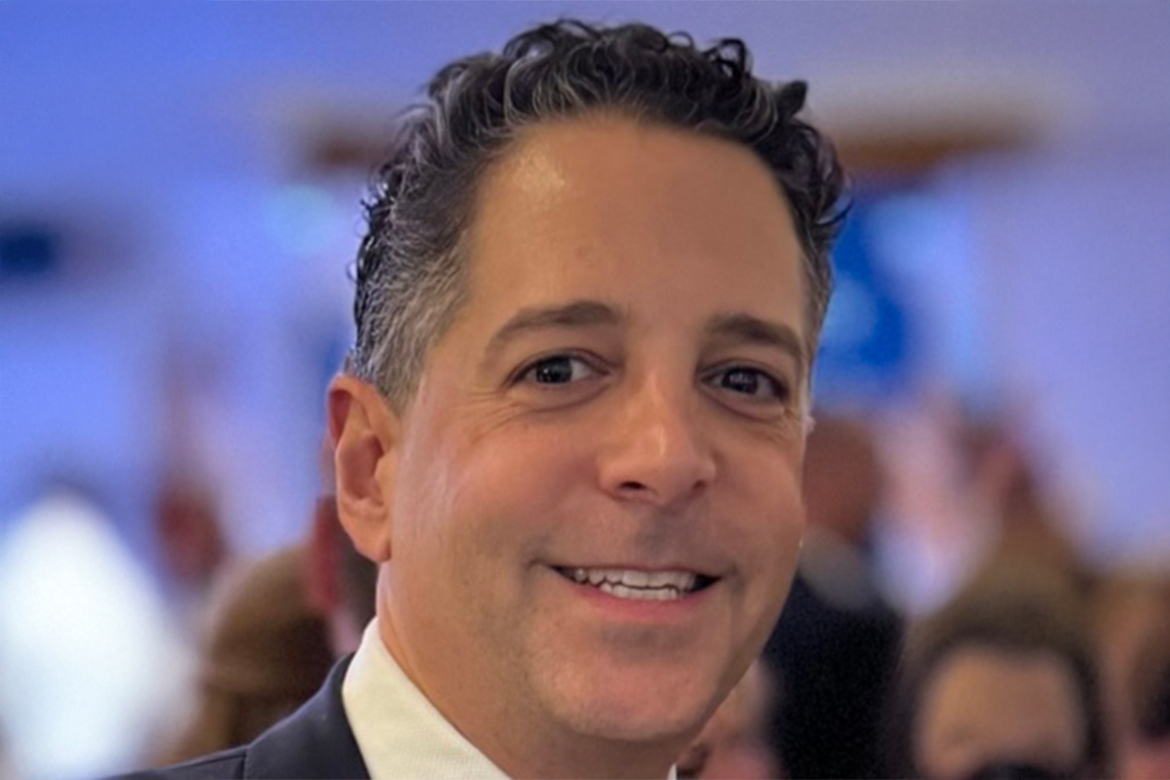The Center for Data Innovation recently spoke with Jonathan Gudai, CEO of Adomni, a Las Vegas-based company that provides a platform for buying and managing digital out-of-home advertising campaigns. Gudai explained how the company’s AI platform enables marketers to plan expert-level campaigns by combining predictive analytics with real-time performance data.
David Kertai: What makes AdOmni different in digital and video advertising?
Jonathan Gudai: AdOmni stands out by offering fully integrated digital out-of-home (DOOH) and video ad campaigns that drive measurable business outcomes. DOOH refers to digital advertising displayed on screens in physical locations, such as billboards, transit stations, and retail environments. We provide access to the largest unified inventory of digital advertising placements, with over one million DOOH screens generating more than 3.2 trillion impressions each month.
Our AdOmni Ads Platform allows brands to engage customers throughout the marketing funnel by connecting real-world DOOH screens with in-home channels like connected TV (CTV), which includes ads delivered through Internet-connected televisions and streaming platforms, and online video (OLV), which covers video ads shown on websites, apps, and other digital media.
Kertai: How does your AI help make campaign planning easier?
Gudai: JeenAI, AdOmni’s AI-powered campaign assistant, removes the typical friction from building media campaigns. In five minutes or less, marketers can create expert-level digital campaigns by selecting the best-performing screens, forecasting media spending, and aligning the strategy with specific campaign goals. This level of automation increases productivity, enabling advertisers to spend less time on manual setup and more time on strategy and growth.
Kertai: What kinds of data do you use to target ads?
Gudai: AdOmni uses a mix of third-party, first-party, and location-based data to deliver highly targeted advertising. Through our partnership with Reveal Mobile, we access location and behavioral insights from over 200 million mobile devices each month. These insights are sorted into more than 1,600 audience segments based on factors such as demographics, interests, visit patterns, and purchase intent.
Advertisers can also use our Audience IQ platform to build or select custom audience segments by layering geographic targeting, behavioral triggers, and time-of-day preferences. In addition, brands can upload their own customer relationship management data or loyalty program lists to create first-party audiences that mirror their digital strategies across DOOH, CTV, and OLV channels. With our partner company, LiveRamp, we enable cross-channel retargeting, allowing brands to serve follow-up ads on streaming TV and mobile devices to users who were first exposed to a DOOH ad, extending the impact of a single ad across multiple platforms.
Kertai: How do you use predictive analytics to improve campaigns?
Gudai: JeenAI uses predictive modeling to build customized campaign strategies and recommend high-performing screen placements based on past performance and campaign goals. This helps advertisers start with a strong, data-driven foundation. Once the campaign is live, we incorporate real-time performance data from LiveRamp, enabling advertisers to adjust their media mix and budget on the fly. This real-time optimization turns guesswork into actionable insights, improving campaign results as they run.
Kertai: Can you give an example of a campaign that worked well using your AI?
Gudai: A major direct-to-consumer brand used AdOmni’s platform and LiveRamp’s data tools to run a combined DOOH and online video campaign. The result was a 31 percent increase in website conversions. In another example, a mobile app brand paired DOOH advertising with retargeted ads on connected TV, leading to its highest-ever ratio of app installs to user engagement. These results show how AI-driven planning and cross-channel attribution can drive stronger outcomes and greater return on investment.

